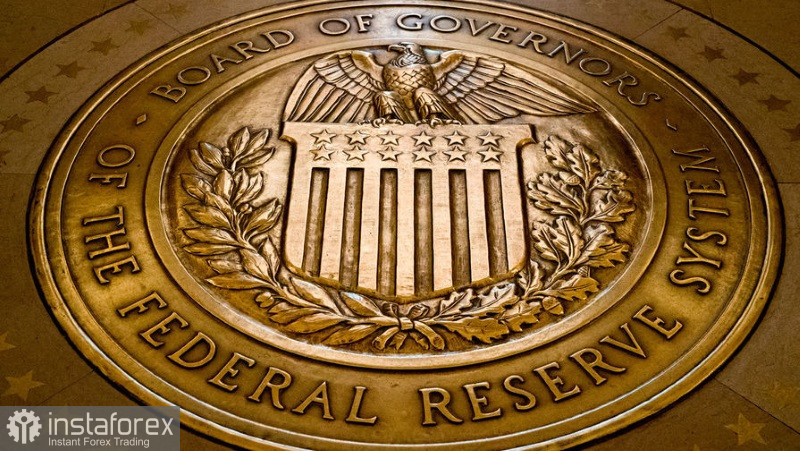The US dollar is taking no notice of the comments by Fed's policymakers who say that interest rates would be increased until the year end. However, further demand for risky assets will depend on today's inflation statistics, which can turn everything upside down. San Francisco Federal Reserve Bank President Mary Daly said yesterday that the US central bank will likely need to raise interest rates several more times to bring inflation back to its target. "We will probably need a couple more rate hikes during this year to really get inflation back on track, which is on a sustainable 2% trajectory," she said.

Daly stressed that she is ready to change her mind depending on the incoming economic data, which turned out to be surprisingly strong this year. Today's inflation will be just the turning point, which may affect the opinions of the Federal Reserve's policymakers. If the core inflation does not show the expected slowdown, the official funds rate is likely to be raised several more times before the end of the year. If, however, the actual value of core inflation exceeds the consensus, the central bank might not have to push ahead with further rate hikes, damaging the economy. This will undermine demand for the US dollar and revive the risk-on mood, strengthening a number of risky assets.
At the previous policy meeting, Fed officials kept interest rates unchanged at 5.25% last month, hoping to gauge how the economy is doing after 10 consecutive rate hikes. Most officials believe the US economy remains on a sound footing to avoid a recession despite the March banking turmoil. A persistently strong labor market adds to their worries about how long it will take to bring inflation to the 2% target.
The minutes of the Fed's June meeting, released last week, showed that almost all policymakers believe that further rate hikes are appropriate to relieve inflationary pressure. Chairman Jerome Powell said recently that he does not rule out two consecutive increases this year.
Daly said the risks of too small measures to curb inflation still outweigh the risks of too large measures, although the gap between the two is narrowing. The head of the San Francisco Fed also noted that she is starting to see signs of a slowdown in the economy, adding that supply and demand are becoming more balanced. "Inflation is our #1 problem," Daly noted.
As for the technical picture of EUR/USD, if the buyers want to maintain control, they need to push the price above 1.1053 and consolidate there. This will allow the price to climb above 1.1090. Already from this level, it is possible to climb to 1.1130, but it will be rather problematic to do it without poor inflation data in the US. In case the trading instrument goes down, I expect any serious actions from large buyers only in the area of 1.1015. If no one is there, it would be a good idea to wait until the low of 1.0980 is updated or open long positions from 1.0945.
As for the technical picture of the GBP/USD, the demand for the pound sterling remains quite strong which indicates that the bull market is still going on. Traders could count on the growth of the pair after the control over the level of 1.2965, as a break in this range will strengthen hopes for further recovery to the 1.3005 area. After that, it will be possible to talk about a sharper upward move in GBP/USD to the 1.3040 area. If the pair falls, the bears will try to take control of 1.2925. If they cope well, a break of this range would hurt the bulls' positions and push GBP/USD to a low of 1.2885. A further decline to 1.2845 will follow.





















